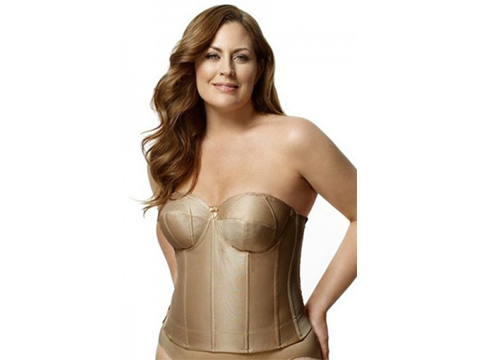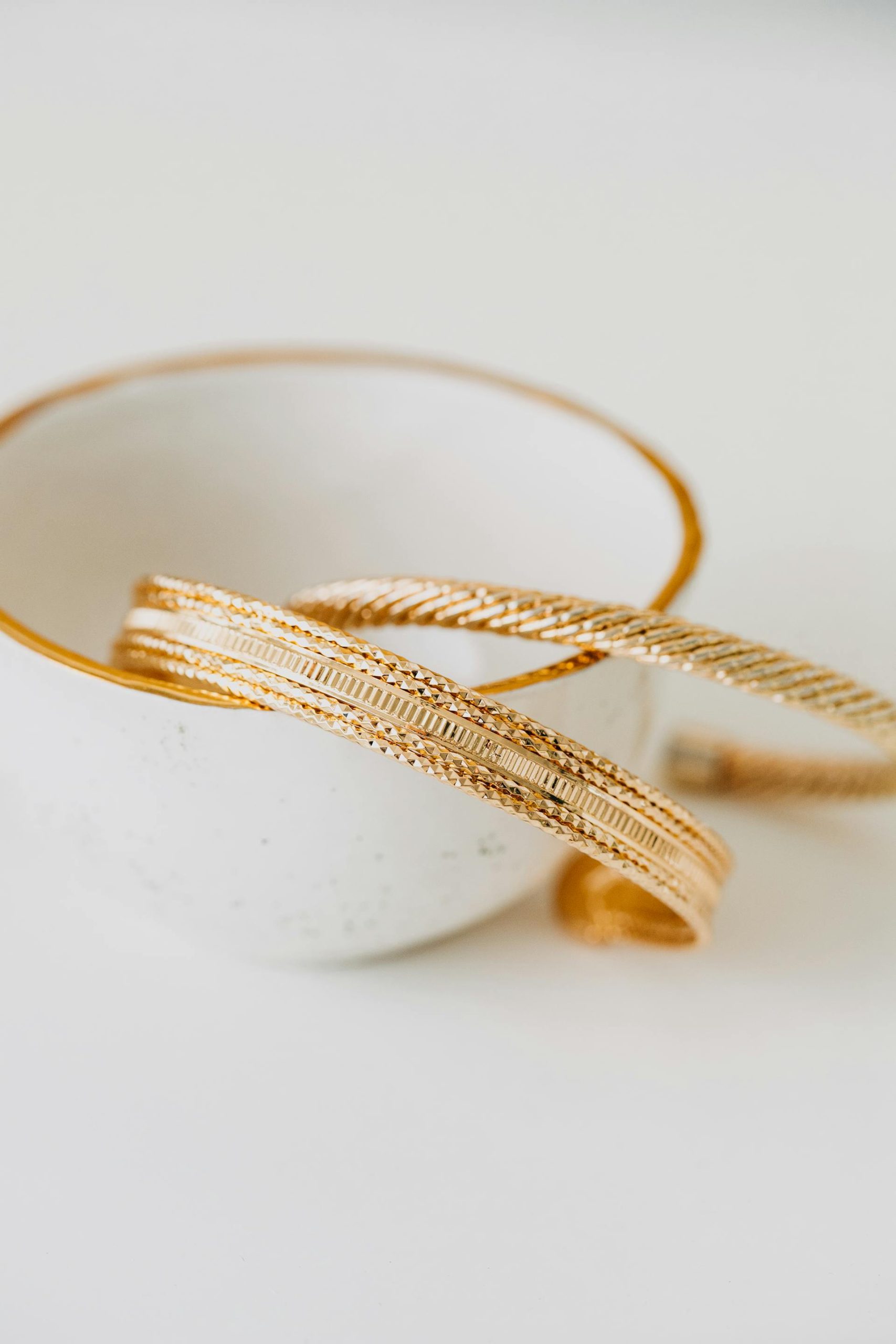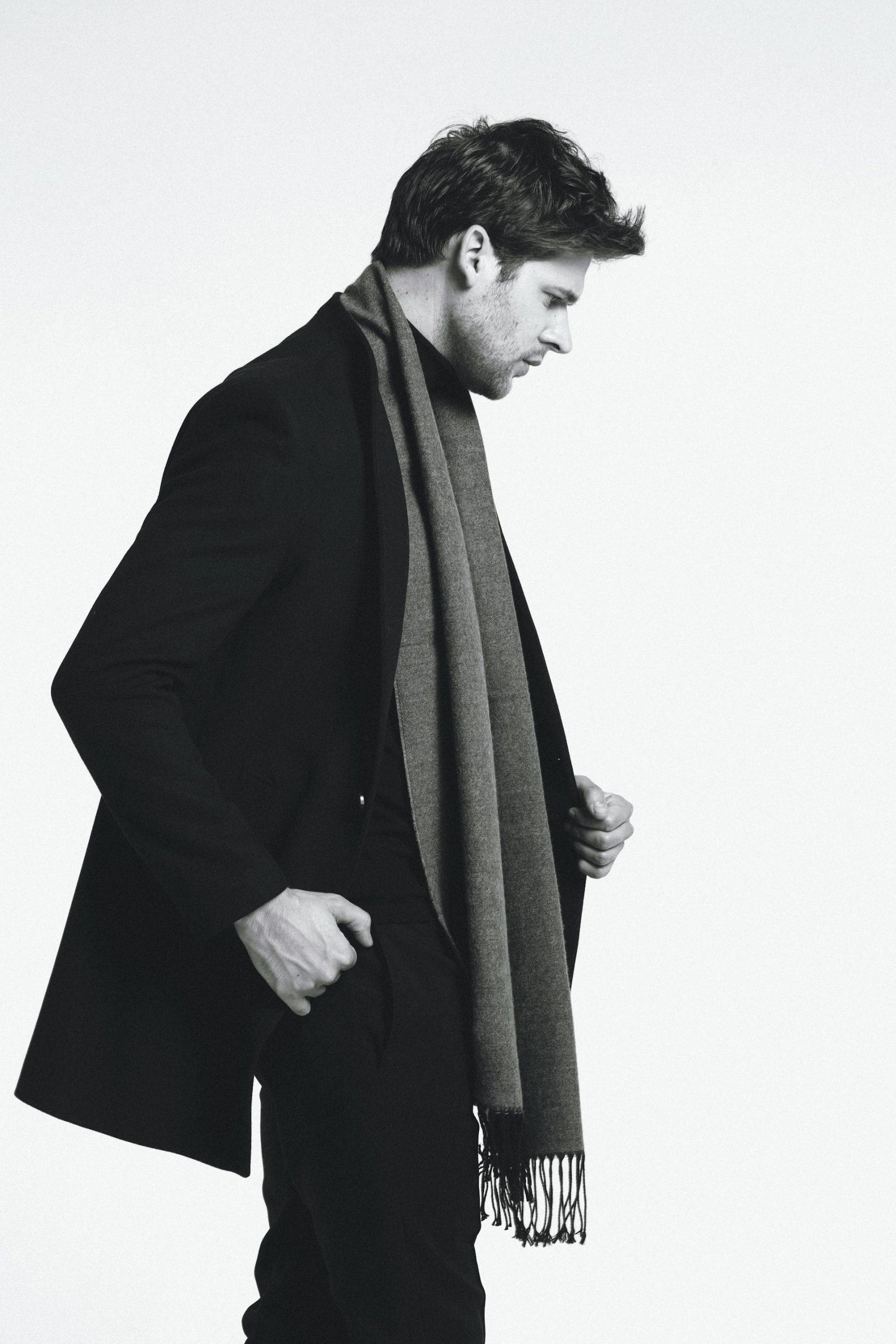A term coined by Kate Fletcher of the Centre for Sustainable Fashion, and following the phenomena of the slow food movement, “slow fashion” is an approach to designing, producing and consuming apparel and accessories in a responsible manner.
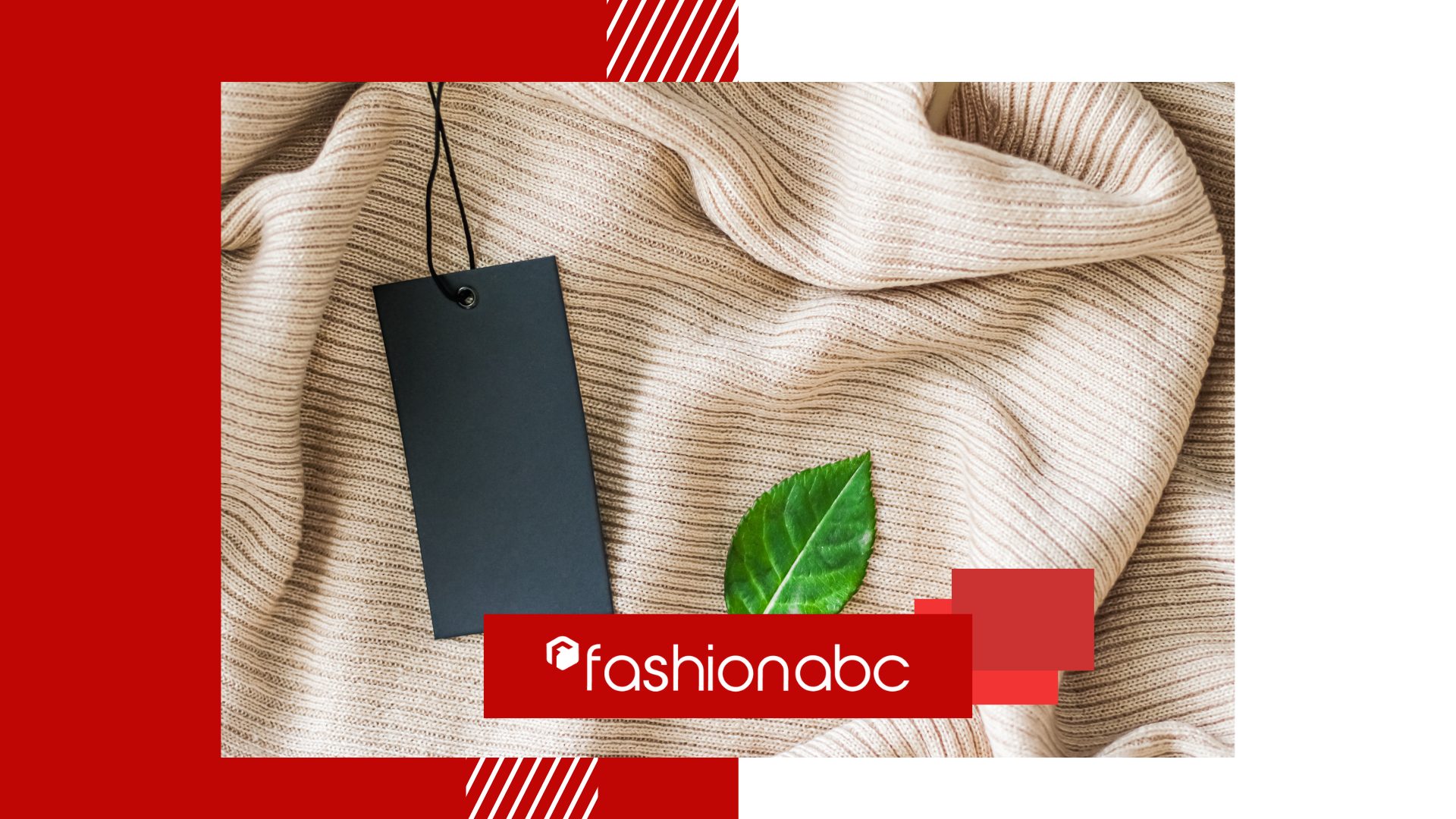
Slow fashion refers to a movement that emphasises quality over quantity, focusing on sustainable materials, ethical production methods, and timeless designs.
Slow Fashion emphasises creating products that are durable, timeless, and ethically made, with the goal of reducing waste and minimising the negative impact of the fashion industry on the planet, which is why cutting CO2 emissions, reducing pollution and waste, supporting biodiversity, and ensuring that workers are paid a fair wage are integral to the slow fashion matrix.
Per McKinsey, for every five new garments produced each year, three garments are disposed of. To combat this, the slow fashion movement encourages fashion designers to apply the brakes on excessive production and invites consumers to reconsider their relationship with fashion retail.
In recent years, the term “slow fashion” has gained momentum as a response to the environmental and ethical issues caused by fast fashion. Slow fashion refers to a movement that emphasises quality over quantity, focusing on sustainable materials, ethical production methods, and timeless designs. It challenges the culture of over-consumption and promotes mindful, intentional purchasing decisions.
RELATED CONTENT
Top 100 sustainable fashion brands
Unlike fast fashion, which thrives on rapid production cycles and disposable trends, slow fashion encourages consumers to invest in versatile high-quality pieces that stand the test of time. The significance of slow fashion goes beyond reducing waste; it advocates for a conscious relationship with clothing—one that respects the environment, uplifts garment workers, and celebrates craftsmanship.
As global awareness of climate change and social justice grows, slow fashion serves as a vital alternative, offering a pathway to reduce the harmful impacts of the fashion industry on our planet and society.
The Origin and Rise of Slow Fashion
The concept of slow fashion emerged in the 2000s as an offshoot of the broader sustainability movement. The term was coined by Kate Fletcher, a global expert in design for sustainability. Fletcher drew parallels between the slow food movement—which advocates for local, eco-friendly food production—and the fashion industry. And proposed a similar approach to apparel: prioritising quality, ethical labour, and sustainable materials over the mass production of disposable garments.
While slow fashion is often associated with independent fashion designers who prioritise local production and sourcing, there are eco-conscious designers who have embraced the principles of slow fashion because they appreciate the importance of reaching out to a wider audience and influencing mainstream fashion to adopt more sustainable practices.
Several fashion designers have been instrumental in shaping the slow fashion movement. Stella McCartney has always been at the forefront of the slow fashion movement. The LVMH sustainability advisor is the fashion industry’s most vocal champion of environmental issues and an illustrious example of the commercial potential of sustainable, ethically minded fashion businesses with a global reach.
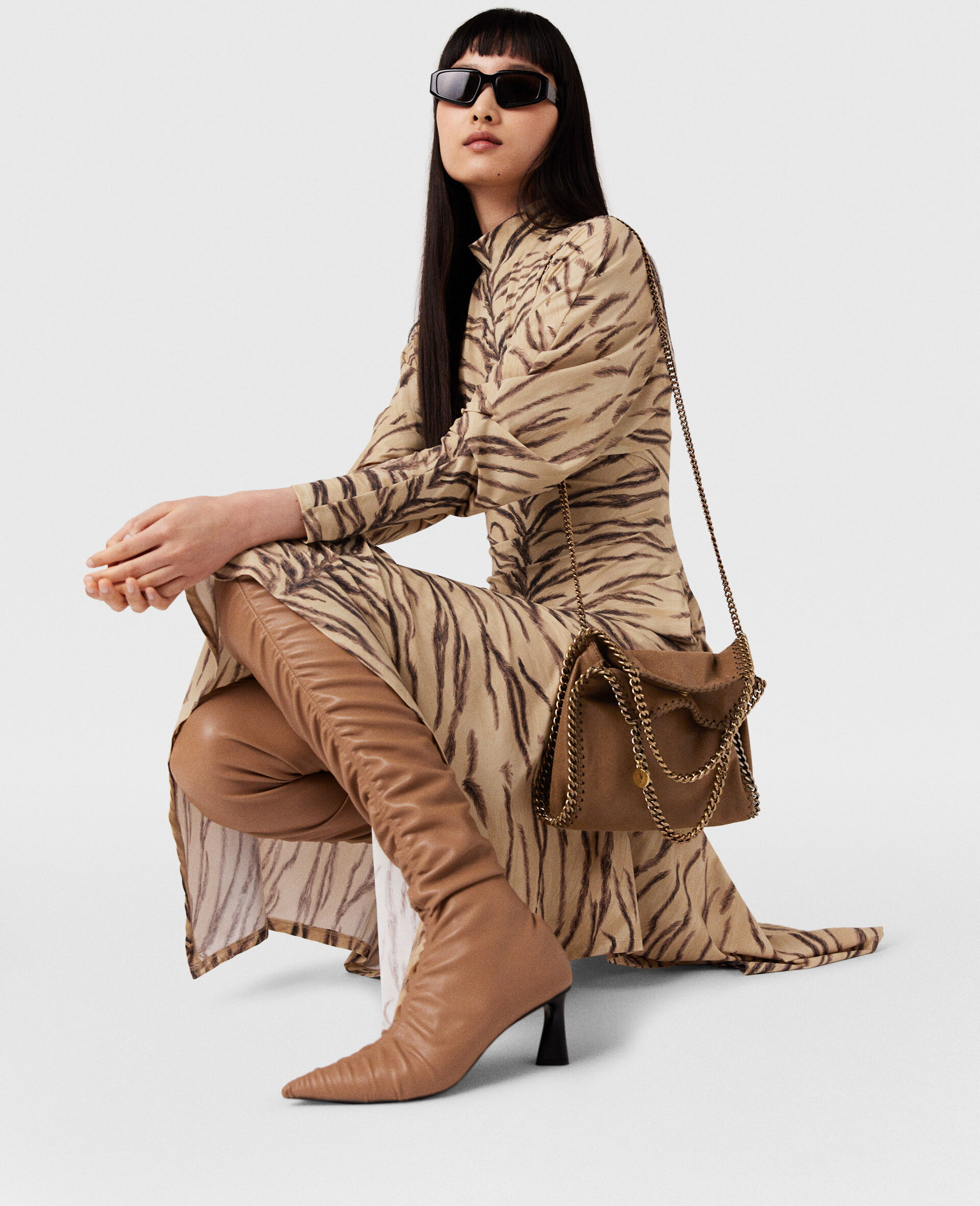
Image: stellamccartney.com
“We are committed to always being responsible, honest and accountable today, with a positive impact on people, the planet and all its creatures so that we can protect it for tomorrow… We strive to create the most beautiful, desirable products with the least impact on our environment. Our conscious values are also the inspiration behind our innovation. As industry leaders, we endeavour to create the most cutting-edge materials and animal alternatives, continuing to push towards circularity and being fully transparent by developing tools to measure and report our impact,” she explains on her official website.
Slow fashion shapes the fashion brand’s policies, its business model and its production process. Committed to never compromising on desirability or sustainability, Stella McCartney worked with Bolt to develop and scale its plant-based textile innovation, Mylo, grown from mycelium: the underground root of a mushroom. The designer uses a grape-based vegan alternative to animal leather, sourced from the agricultural waste of wineries in Northern Italy. And, partnered with Bananatex – the world’s first biodegradable, vegan material that embodies her circular and nature-positive values.
Another pioneer in the movement is Eileen Fisher, whose eponymous brand has been at the forefront of sustainable fashion since its founding in 1984. Descried as the “queen of slow fashion” by The New York Times, Fisher has built her label on simple, timeless pieces and a belief in slow consumption. Her company emphasises on circular design, producing clothing that are durable and recyclable. Through programs like “Renew,” where customers can return worn garments for resale or recycling, Eileen Fisher has become a leader in promoting sustainability within the industry.
Indigenous hand-woven textiles is the DNA of fashion brand Vaishali S since its launch in 2001 and it has since stayed committed to slow fashion, since. The Milan-based Indian fashion designer and founder of the brand, Vaishali Shadangule, believes that an intelligently choreographed slowdown is fashion’s need of the hour, and focuses on ancient weaving techniques, near-extinct textiles and hand embroideries which she hopes to bring to the forefront of global fashion. Her hands-on approach to keep it alive is visible in her effort to pick a rural weaver cluster each season, and to live and work with them, on her handcrafted collections.
“By sitting with weavers on the loom I can feel part of me in each weave. Weavers and crafts people are the depositary of ancient techniques, and when they understand my design language they innovate in the motifs while keeping the roots of the technique protected. My love for design and innovation gives these weaves a global language, which met with success on the catwalks of New York and Milan,” she tells me, adding, “We must take into consideration that these craftsmen should get their share of the value chain. As of now most of them don’t even have the money to buy their own threads! That’s why I strongly promote villages of the weavers I work with, and to keep their weaves in my future collections, sustaining hundreds of families.”
Graduating in Fashion and Sustainability from Whitecliffe College of Arts and Design, Maggie Marilyn shares on her website that she had “pulled back the glamorous curtain of fashion and saw an industry that needed fixing.” She envisioned building a brand that champions transparency and ensures that people and the planet were at the forefront of each decision. Rooted in these pillars, she launched her eponymous “liveable luxury” brand in 2016. Per Vogue, ‘she visits New Zealand sheep farms to confirm the wool is sheared from happy, non-mulesed sheep; she ships her clothes in dissolvable bags made of cassava root; she holds her manufacturing partners to strict labor codes…’ In line with the United Nations’ Sustainable Development Goals, Marilyn’s brand aims to have a regenerative impact by controlling water usage and increasing its proportion of locally made garments.
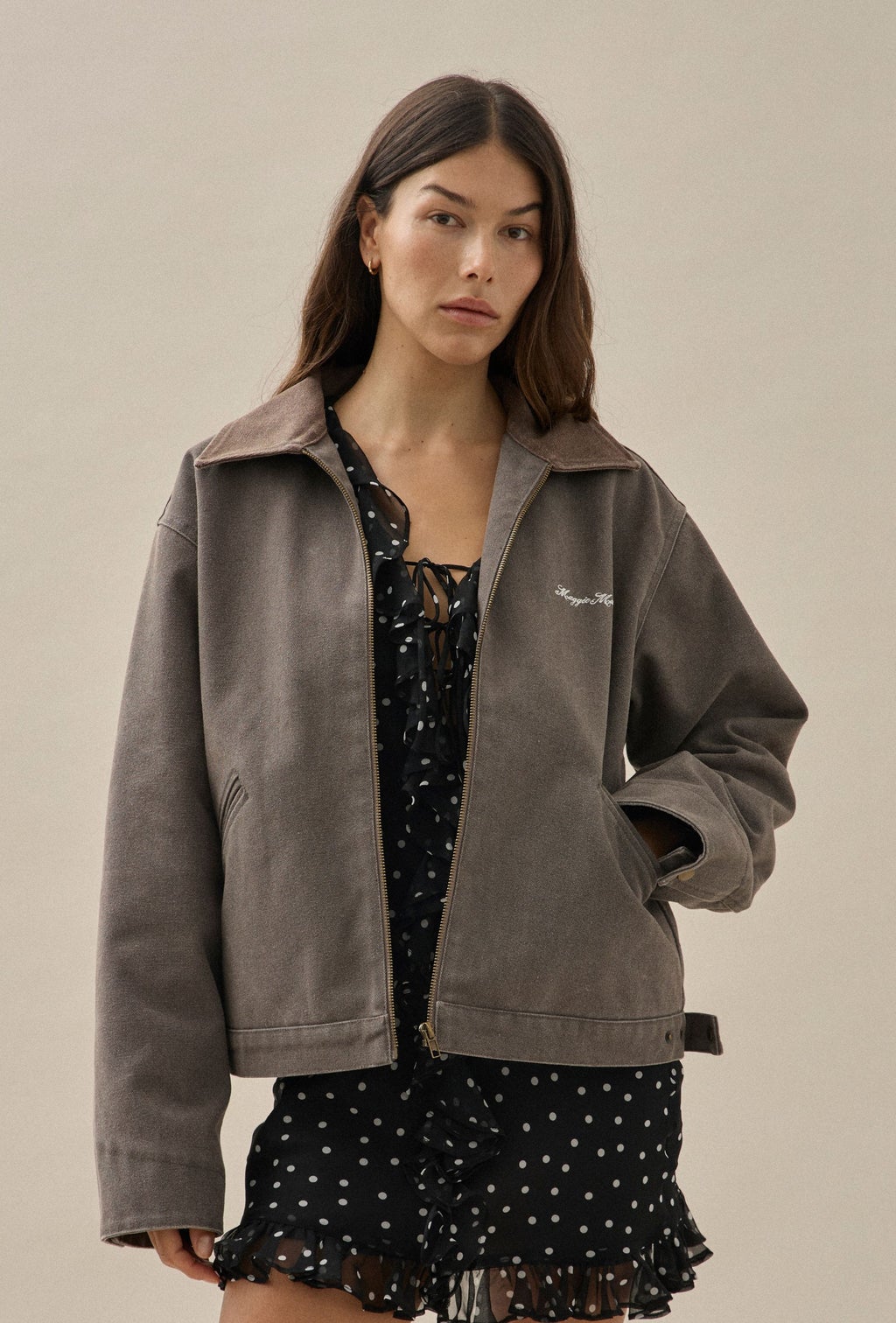
Image: maggiemarilyn.com
On graduating from London College of Fashion, Bibi Russell returned to Bangladesh in 1994, opened her fashion house Bibi Productions and employed several thousand underprivileged weavers and craftspeople. For her efforts to give back to Fashion, she was awarded Artist for Peace by UNESCO. “Weaving particularly is an age-old vocation. Through art and design, it is my intention to demonstrate the immense skills and expertise of local artisans. Hundreds of underprivileged craftspeople and weavers depend on me for their livelihood,” she says.
“My belief is that if I help showcase their craft, it will encourage designers worldwide to consider using it in their collections, leading to development of rural communities through Fashion. What can be better for craftspeople than their centuries-old art being embraced in the ‘fashion’ umbrella and recognised worldwide? The restoration of the historical glory of our weavers and craftspeople, helping them advancing their economic life and creativity, is my vision.”
Benefits of slow fashion

Unesco Artist For Peace and fashion designer Bibi Russell
Slow fashion priorities thoughtful, ethical, and sustainable practices in the production and consumption of clothing. Below are ten key benefits of adopting slow fashion principles:
- Slow fashion encourages the production and purchase of high-quality items that are durable and long-lasting. This reduces the need for replacements, saving money in the long term and reducing waste.
- By using eco-friendly production methods and materials, slow fashion reduces pollution, greenhouse gas emissions, and the overall environmental footprint of the clothing industry.
- Slow fashion brands emphasise ethical labour practices, ensuring workers receive fair wages and work in safe, humane conditions.
- Slow fashion combats the “throwaway culture” associated with fast fashion by encouraging consumers to buy less. This leads to less textile waste ending up in landfills.
- Rather than following trends, slow fashion promotes timeless, versatile styles.
- Slow fashion supports the use of organic, biodegradable, and sustainable fabrics like cotton, hemp, and linen, which are less harmful to the environment compared to synthetic materials.
- Slow fashion encourages consumers to consider the environmental and social impact of their purchases. It fosters mindful shopping habits and reduces impulse buying.
- Slow fashion brands partner with local artisans, preserving traditional craftsmanship and supporting local economies.
- Slow fashion promotes transparency, encouraging brands to be open about their sourcing, production methods, and labour practices. This builds trust between consumers and brands.
- By avoiding the use of harmful chemicals and synthetic dyes, slow fashion promotes better health for consumers and the environment.
Why Slow Fashion Is Integral Today
The importance of slow fashion cannot be overstated in today’s world and fashion designers with a global reach encourage a conscious and sustainable fashion industry. Slow fashion reduces the environmental impact of the fashion industry and promotes the use of sustainable materials, which require fewer resources and generate less pollution compared to conventional textile production. It also emphasises durability, encouraging consumers to buy fewer, quality garments that last longer. And prioritises fair labour and safe working conditions, often supporting local artisans, craftspeople, and small-scale manufacturers.
For instance, brands like People Tree have set a benchmark for ethical production. Partnering with Fair Trade-certified artisans and farmers, People Tree ensures that its clothing is made under safe working conditions and with sustainable materials such as organic cotton. The brand’s commitment to empowering workers while reducing environmental impact exemplifies the core values of slow fashion.
Moreover, slow fashion encourages consumers to adopt a mindful approach to their wardrobe. By choosing timeless designs made from durable materials, individuals can reduce their reliance on fast fashion trends. This shift in mindset not only reduces waste but also promotes a culture of appreciation for well-made, long-lasting clothing. For example, opting for a high-quality wool coat or leather boots that can be repaired and reused over the years can significantly reduce one’s environmental footprint.
Ultimately, slow fashion matters because it aligns fashion with the principles of sustainability, ethics, and respect for craftsmanship. As consumers become more aware of their impact on the planet, the slow fashion movement provides a roadmap for creating an equitable and eco-friendly industry. And by supporting brands that prioritise sustainability and making intentional purchasing decisions, we can collectively contribute to a healthier planet and a fair society.
How to Support Slow Fashion
By embracing slow fashion, we can contribute to a sustainable, ethical, and environmentally friendly future for the fashion industry. If you want to support the slow fashion movement, here are some actionable steps:
- Look for durable, high-quality materials and designs that will last.
- Support ethical and sustainable brands with clear transparency in their practices.
- Avoid fast fashion trends and impulse buying.
- Invest in timeless, versatile clothing pieces.
- Repair and up-cycle clothing instead of discarding it.
US Congress Initiates Slow Fashion Caucus
In a groundbreaking initiative to address the environmental threat of fast fashion, members of the US Congress unveiled the Congressional Slow Fashion Caucus that aims to advance climate-smart legislation by incentivising the apparel industry to adopt a circular economy and other sustainable practices. The launch event on Capitol Hill witnessed participation from sustainable fashion brands and stakeholders such as Patagonia, thredUp and the Garment Worker Center.
“For too long, the so-called ‘fast fashion’ industry has been given free range to pollute our planet, exploit workers, and shortchange consumers… The launch of our Slow Fashion Caucus marks a new era in the fight against climate change and sends a clear message that Congress will not stand by as the harmful fast fashion industry flies under the radar to destroy our planet,” Pingree, Founder and Chair of the Slow Fashion Caucus, said in a release. “As lawmakers, we can create incentives for the apparel industry and consumers to reduce natural resource consumption and engage in reusing, repairing, rewearing, and recycling textiles.”
The Congressional Slow Fashion Caucus supports a circular economy for textiles by incentivising the apparel industry to design products that can be reused, repaired and recycled. With this in mind, the Caucus aspires to promote textile recycling infrastructure as the existing infrastructure does not support consistent, convenient, or widespread collection of textiles. It also intends to build public awareness of the negative impact of fast fashion, emphasise local production and support the use of sustainable plant and animal-based fibers such as cotton, flax, hemp, wool and alpaca.
Jasmeen Dugal is Associate Editor at FashionABC, contributing her insights on fashion, technology, and sustainability. She brings with herself more than two decades of editorial experience, working for national newspapers and luxury magazines in India.
Jasmeen Dugal has worked with exchange4media as a senior writer contributing articles on the country’s advertising and marketing movements, and then with Condenast India as Net Editor where she helmed Vogue India’s official website in terms of design, layout and daily content. Besides this, she is also an entrepreneur running her own luxury portal, Explosivefashion, which highlights the latest in luxury fashion and hospitality.





